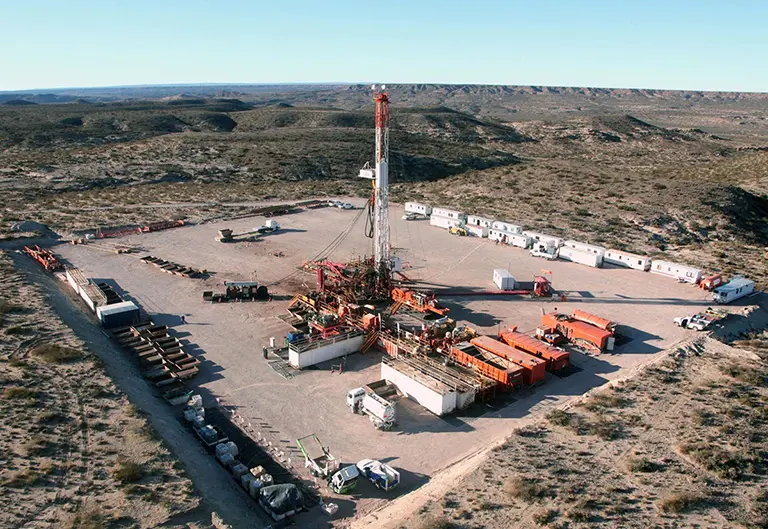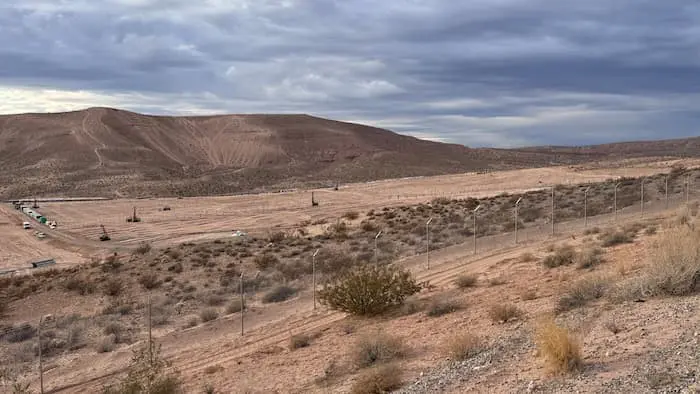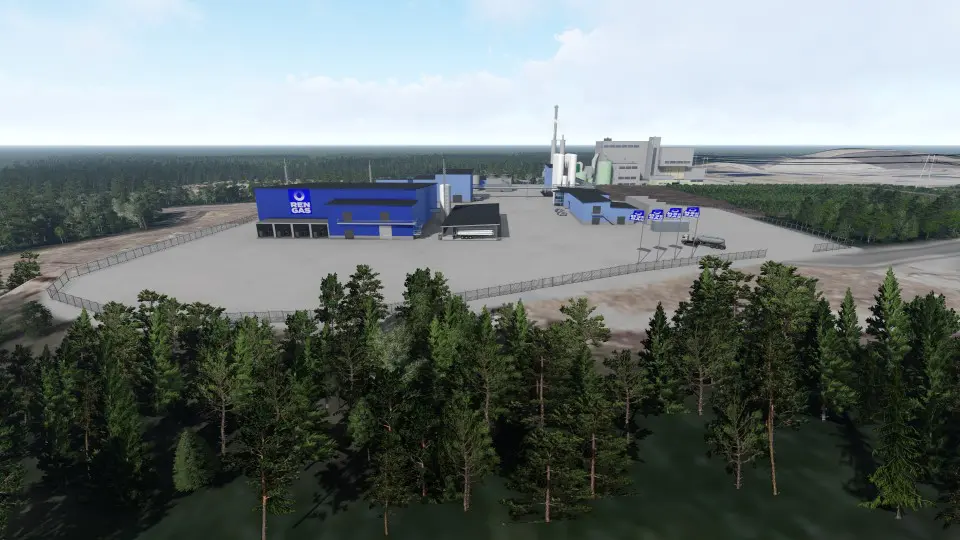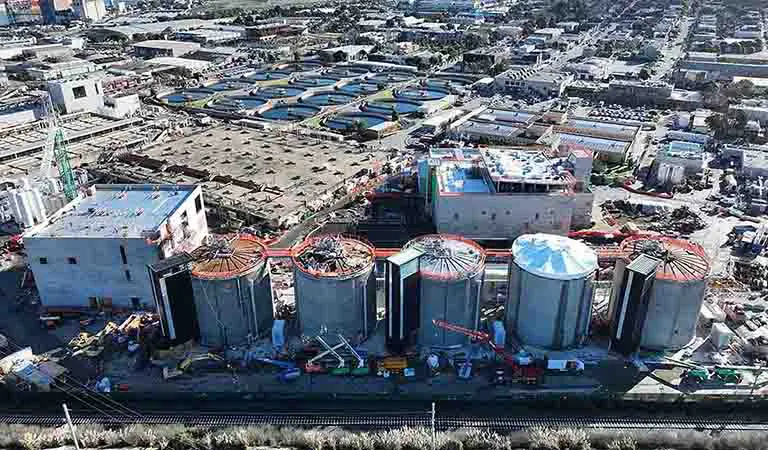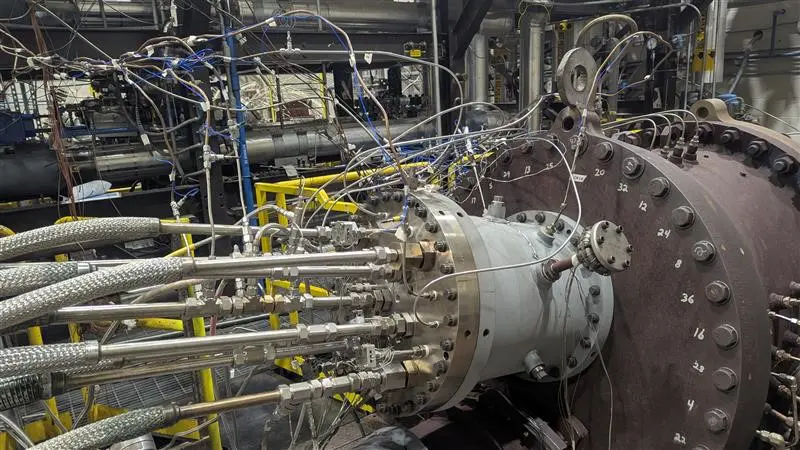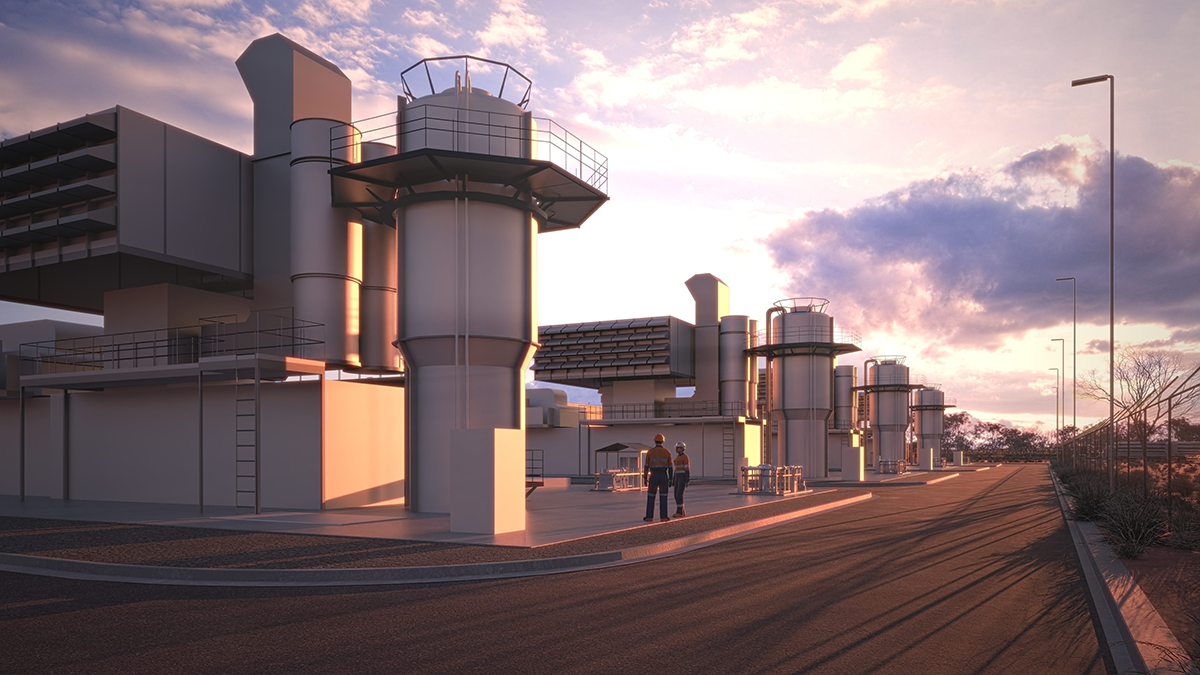
New Florida Solar Sites Can Provide Power For More Than 37,000 Households
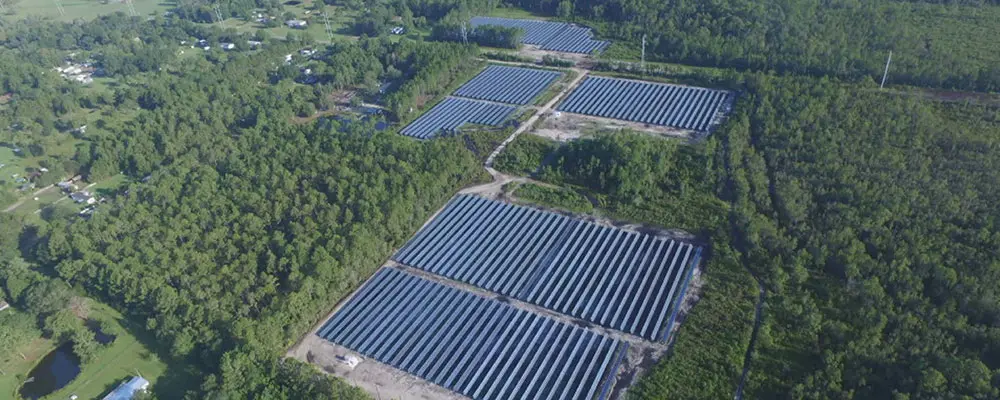
JEA has finalized agreements for the development of three renewable energy solar facilities within its Jacksonville service territory. All told, the solar sites will have an available output of 200 MW which could provide power for more than 37,000 households. According to JEA, this is equivalent to avoiding nearly 220,462 tons (200,000 tonnes) of carbon emissions annually, which represents the greenhouse gas emissions from nearly 47,000 passenger vehicles driven a year. The utility also is exploring the potential for these solar sites to be paired with clean technologies such as battery storage in the future, serving as an integral part of JEA’s strategy for reaching its 2030 clean energy goals.

“These solar energy facilities are an investment in sustainability and reduced emissions for our community for generations to come,” JEA Interim Managing Director and Chief Executive Officer Vickie Cavey said. “This is a crucial step in helping us meet our clean energy goals.”

JEA is implementing an integrated resource plan to reduce carbon emissions and incorporate more emissions-free resources into its fleet of power plants. The utility is working toward a goal of 35% clean energy by 2030.

Florida Renewable Partners (FRP) will build, own, and operate the three solar energy facilities. FRP plans to lease the land on which the facilities will be built from JEA and sell the energy produced at the solar facilities to JEA through Purchase Power Agreements with a 35-year term to ensure the most cost-effective access to this new source of electric generation for the JEA system.

FRP plans to begin permitting the solar sites in Q3 2024, and they are expected to be complete and producing solar energy for JEA customers by the end of 2026.
JEA has supported the use of solar energy since the 1990s and has been purchasing energy from eight solar sites ranging from 1 to 12 MW in size across its service territory. Once all the new sites are operational, the solar energy is expected to comprise an additional 3% of JEA’s energy mix, which includes about 10% nuclear power and 4% from other renewable resources.
As part of the permitting process, FRP and JEA will work together to ensure on-site wetlands are preserved to the greatest extent ensuring these new solar facilities are sustainable for years to come.

